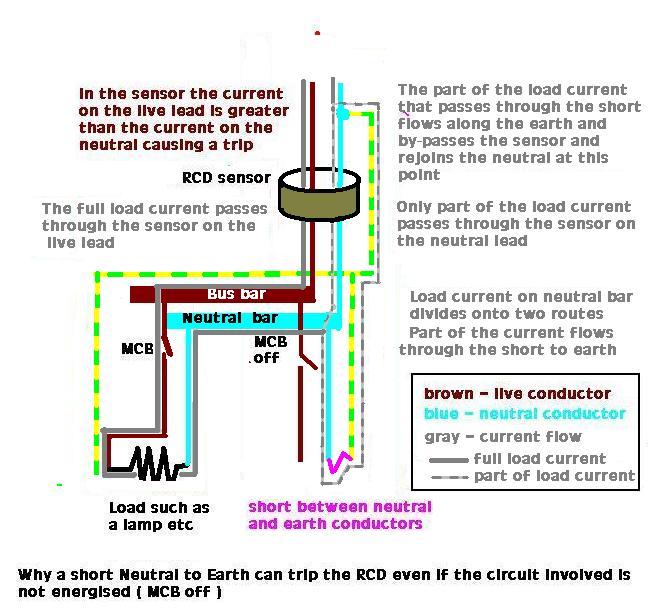Hi to all, new to the forum, this is my first post so please be gentle with me. 
OK here is my query, I am trying to help a friend with a small but irksome problem of nuisance tripping of the RCD, at first it appeared to be random with the toaster being heavily involved, first thoughts were toaster gone bung, so a new one was purchased but the problem remained, I suggested testing the sockets, they were tested with a Rapitest socket tester ( I know you guys are not keen but that was all that was available at the time ) all sockets tested OK except one double that tested OK with the tester plugged in and socket turned on, but when the socket was turned off with the tester still plugged in it was showing a neutral fault, could this socket be the cause of the random tripping or are those testers not that reliable because I thought the testers only worked when it had power to it. Any ideas on what might be going on.
Thanks in advance.
The C/U is a Siemens Stratum 200
RCD 80A 30ma
OK here is my query, I am trying to help a friend with a small but irksome problem of nuisance tripping of the RCD, at first it appeared to be random with the toaster being heavily involved, first thoughts were toaster gone bung, so a new one was purchased but the problem remained, I suggested testing the sockets, they were tested with a Rapitest socket tester ( I know you guys are not keen but that was all that was available at the time ) all sockets tested OK except one double that tested OK with the tester plugged in and socket turned on, but when the socket was turned off with the tester still plugged in it was showing a neutral fault, could this socket be the cause of the random tripping or are those testers not that reliable because I thought the testers only worked when it had power to it. Any ideas on what might be going on.
Thanks in advance.
The C/U is a Siemens Stratum 200
RCD 80A 30ma


